POSTCITY

QUO ARTIS, Barcelona
QUO ARTIS is an international non-profit organization founded in 2015 that seeks to generate connections between art, science and technology, acting as a bridge between professionals in these fields. With headquarters in Barcelona, QUO ARTIS organizes international exhibitions, conferences, Art&Science expeditions, workshops and directs the production of commissioned works. Among the collaborators of QUO ARTIS are UNESCO, MIT Media Lab, Sant Pau Art Nouveau Site, Institute for Research in Biomedicine Barcelona, Center of Contemporary Culture Barcelona CCCB and the European Space Agency.
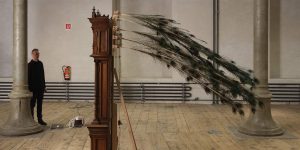
Anschwellen - Abschwellen
Volkmar Klien (AT)
Fully erect, the clock dominates for a while and then subsides; its feathery crown sinking in front of it.
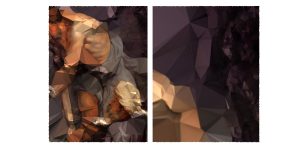
Strata #4
Quayola (IT)
Strata #4 is a video installation diptych that reimagines the iconic Rubens’ altarpieces of Palais des Beaux Arts in Lille through computational methods. The Baroque paintings are algorithmically analyzed beneath their figurative appearance, allowing them to be re-discovered under a new authenticity.
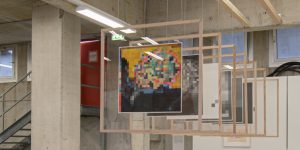
Cat: Collaborating with a Neural Network
Rachel Smith (UK)
Cat: Collaborating with a Neural Network is a conversation between Rachel Smith (human) and cifar10_cnn.py (artificial neural network). In order to communicate successfully, they must speak the same language. The method of communication is a human/machine compromise; a hand-painted grid of pixels.
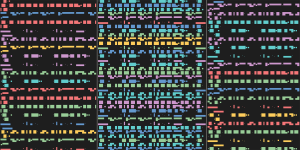
Voices from AI in Experimental Improvisation
Tomomi Adachi (JP), Andreas Dzialocha (DE), Marcello Lussana (IT)
Voices from AI in Experimental Improvisation is a project by Tomomi Adachi, Andreas Dzialocha and Marcello Lussana. They built an AI called “tomomibot” which learned Adachi’s voice and improvisation techniques using neural network algorithms. The performance raises questions about the logic and politics of computers in relation to human culture.
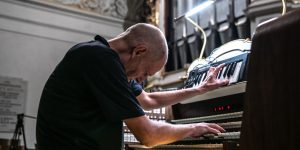
GRAND JEU 2
Wolfgang Mitterer (AT)
Electronics are operated live and represent a second organ with multiple possibilities when coupled with a keyboard and controllers. This results in a massive expansion of sound in every direction, from Baroque to Bruckner, and beyond.
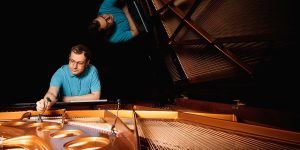
Automatic Music Generation with Deep Learning
Ali Nikrang (AT)
In recent years, there has been a great deal of academic interest in applying Deep Learning to creative tasks such as generating texts, images, or music. This workshop focuses on current approaches to music generation. We will also discuss questions like: What makes musical data so special? What can music enthusiasts expect from these models? And how do listeners accept music composed by AI?
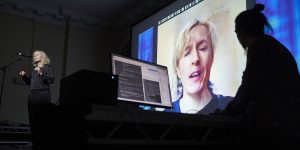
ULTRACHUNK (unfortunately canceled)
Jennifer Walshe (IE), Memo Akten (TR)
What are the implications of using your voice to improvise with a neural network? Composer Jennifer Walshe and artist Memo Akten present ULTRACHUNK (2018), a neural network trained on a corpus of Walshe’s solo vocal improvisations. Here, Walshe wrangles with an artificially intelligent duet partner – one that reflects a distorted version of her own improvisatory language and individual voice.
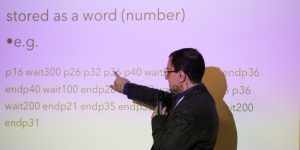
Looped Improvisation
Ali Nikrang (AT), Michael Lahner (AT)
We generated several short sequences that are played as input in a loop. As a result, the application will continue to create new outputs despite the same input.
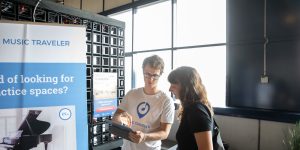
Music Traveler
Aleksey Igudesman (DE/AT), Julia Rhee (KR/US), Dominik Joelsohn (DE/AT), Ivan Turkalj (HR/AT)
Music Traveler is a marketplace that connects musicians and centralizes spaces with musical instruments, equipment, and services for the creative industry.


